Buying Buddha Statue for Home? Know the Right Mudra and Direction of Installation here!
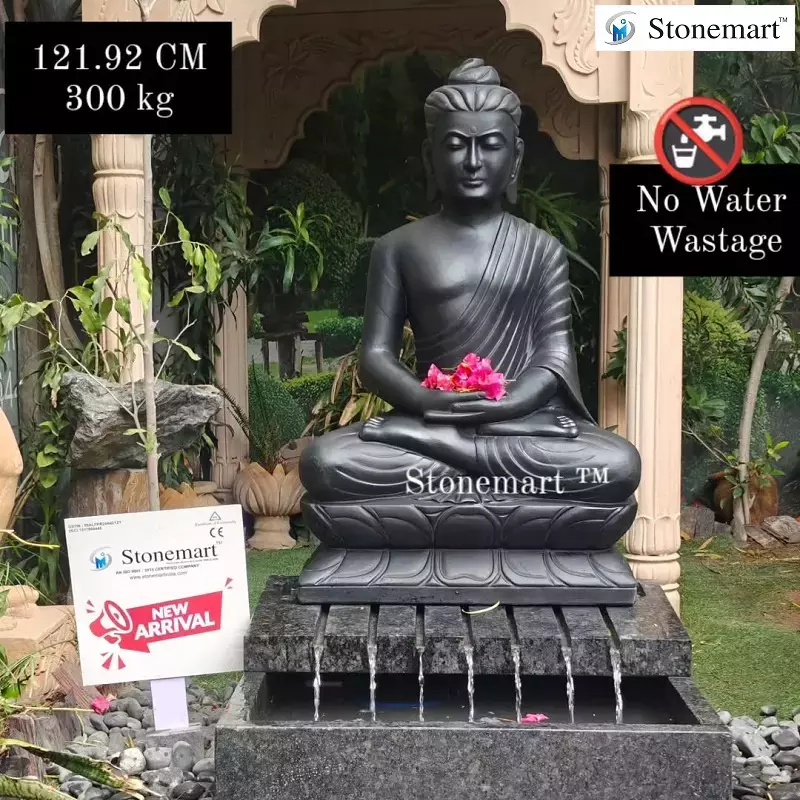
The teachings of the Buddha are not one but a unified collections of multiple canons mentioned in Theravada, Dhammapada, Jataka Tales, Mahayana and Vajrayana texts and sutras. These include the portrayal of various mudras of the Buddha symbolizing (and impacting) some of the most pivotal aspects of our lives.
These mudras mostly vary due to the hand gestures of Gautama Buddha. The way the gesture has been made and the direction in which a Buddha statue has been placed carry a significant weight in the Buddhist art and practices. It is primarily because they convey certain meanings carrying symbolic associations in our lives. These mudras are rooted into the various aspects of the Buddhist teachings and the attributes of the life of the Buddha.
The main direction in which the stone statue of Buddha is generally kept is the east. As it is the direction of the rising Sun and often associated with rising in life due to enlightenment. It is not that the Buddha idol cannot be placed in any other direction but when we are buying Buddha for Vastu, east is the one direction for installation that can be trusted to yield the best results at the blink of an eye.
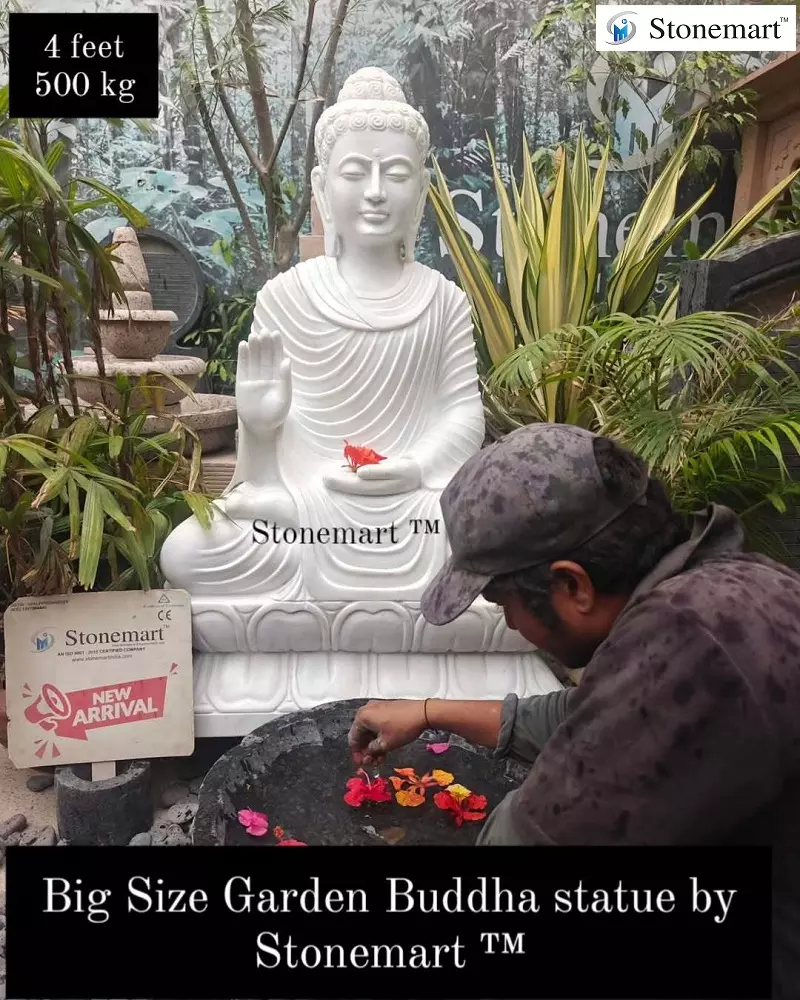
Here, we are only going to focus upon natural stone Buddha statues; as their natural stone composition is free from impurities (unlike the sculptures made from inferior materials like metal, ceramic or wood) to tenfold the positive influence of the Vastu.
MUST READ: Where to Buy Best Buddha Statues in India?
Here, please allow us to throw some light upon the right mudra and the right direction for installation while buying Buddha statue for home -
Buying Buddha Statue in Abhaya Mudra:
One of the most recognized and iconic mudras of the Buddha, known to instill positivity, confidence and fearlessness in the bearer. The presence of this blessing Buddha in Abhay mudra at the entrance facing east is known to safeguard the person against negative vibes and thoughts. The mudra has been created by rising the right hand of the Buddha with the palm facing outward, signifying protection and fearlessness.
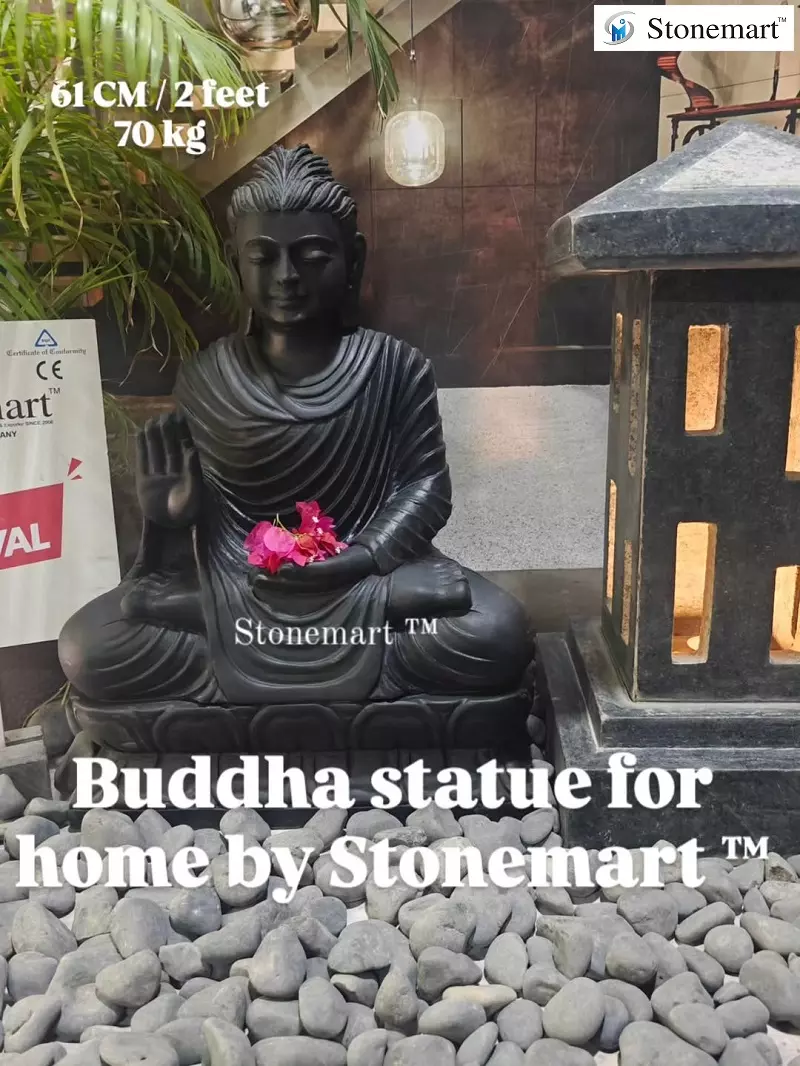
Buying Buddha Statue in Dhyana Mudra:
The presence of this Buddha at the premises helps in bringing peace, clarity of thought and mindfulness. Ideal for placement in the garden, balcony, living room, staircase nook, and meditation space, preferably facing east. The Buddha idol in dhyana mudra or Meditating Buddha statue is formed by placing both the hands on the lap (commonly the right one over the left one) with palms being placed skywards.
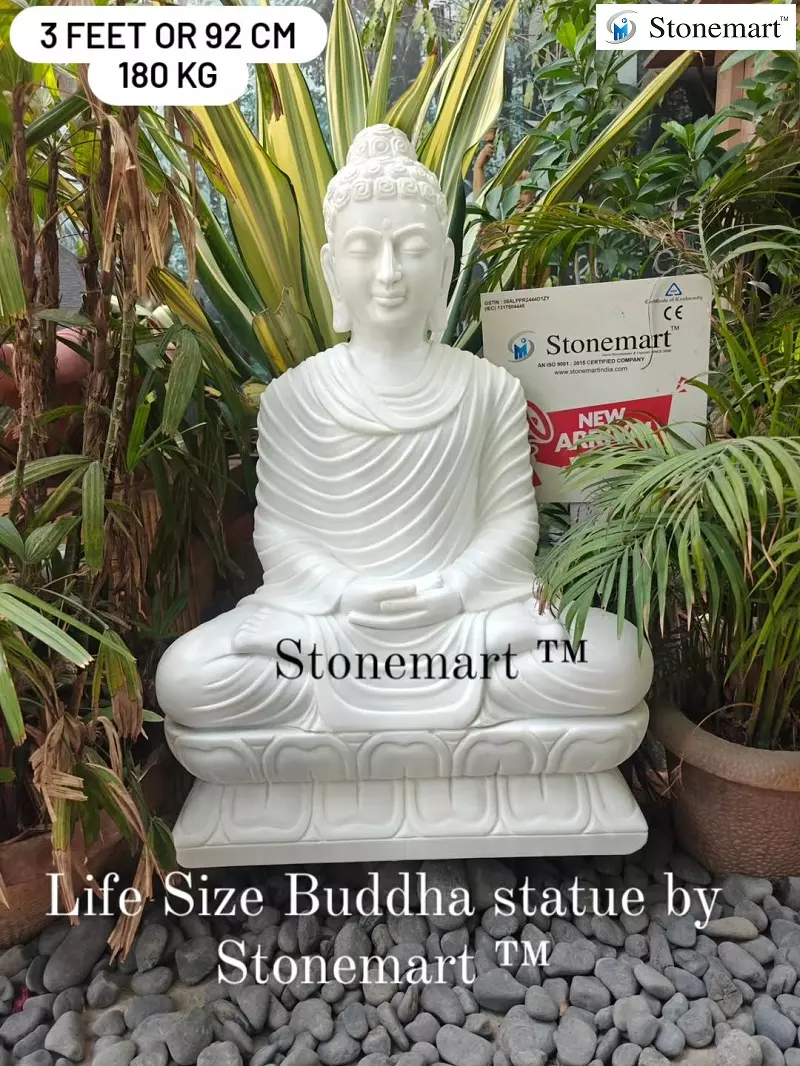
Buying Buddha Statue in Bhumisparsha Mudra:
One of the popular mudras directly associated with the enlightenment of the Buddha. It symbolizes the enlightenment of the Buddha and marks confidence in one’s ability to embark on a new quest. The bhumisparsha or earth touching mudra is carved on a sitting Buddha statue by nearly touching the surface of the earth with the fingers of the right hand, while the left hand stays on the lap with palm upwards.
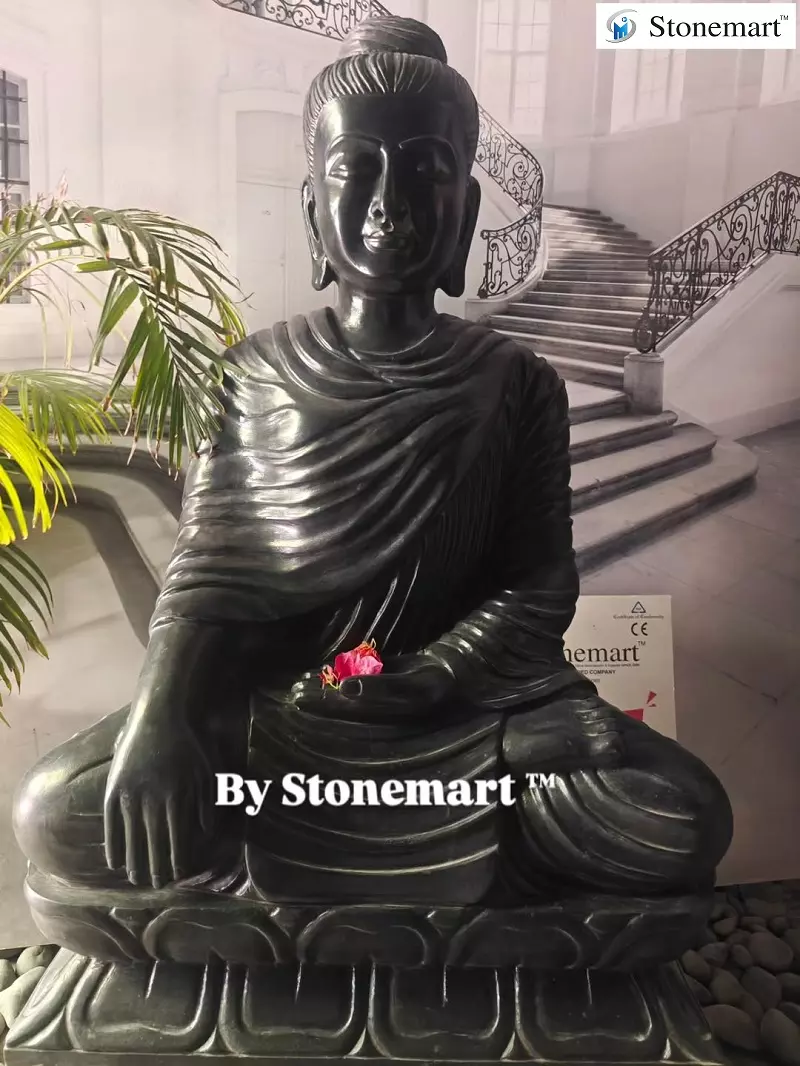
MUST READ: Is Keeping Buddha Idol At Home Good: Tips For Selecting
Buying Buddha Statue in Dharmachakra Mudra:
The mudra of the Buddha is associated with one of the first sermons of the Buddha that he gave to his pupils at Sarnath. Perfect for placement at the living room or home office with the direction facing east or northeast. It is symbolic to the beginning of the dhamma and sangha with both the hands adjoining to create a wheel. Indeed, the continuously moving ‘Wheel of the Dharma’.
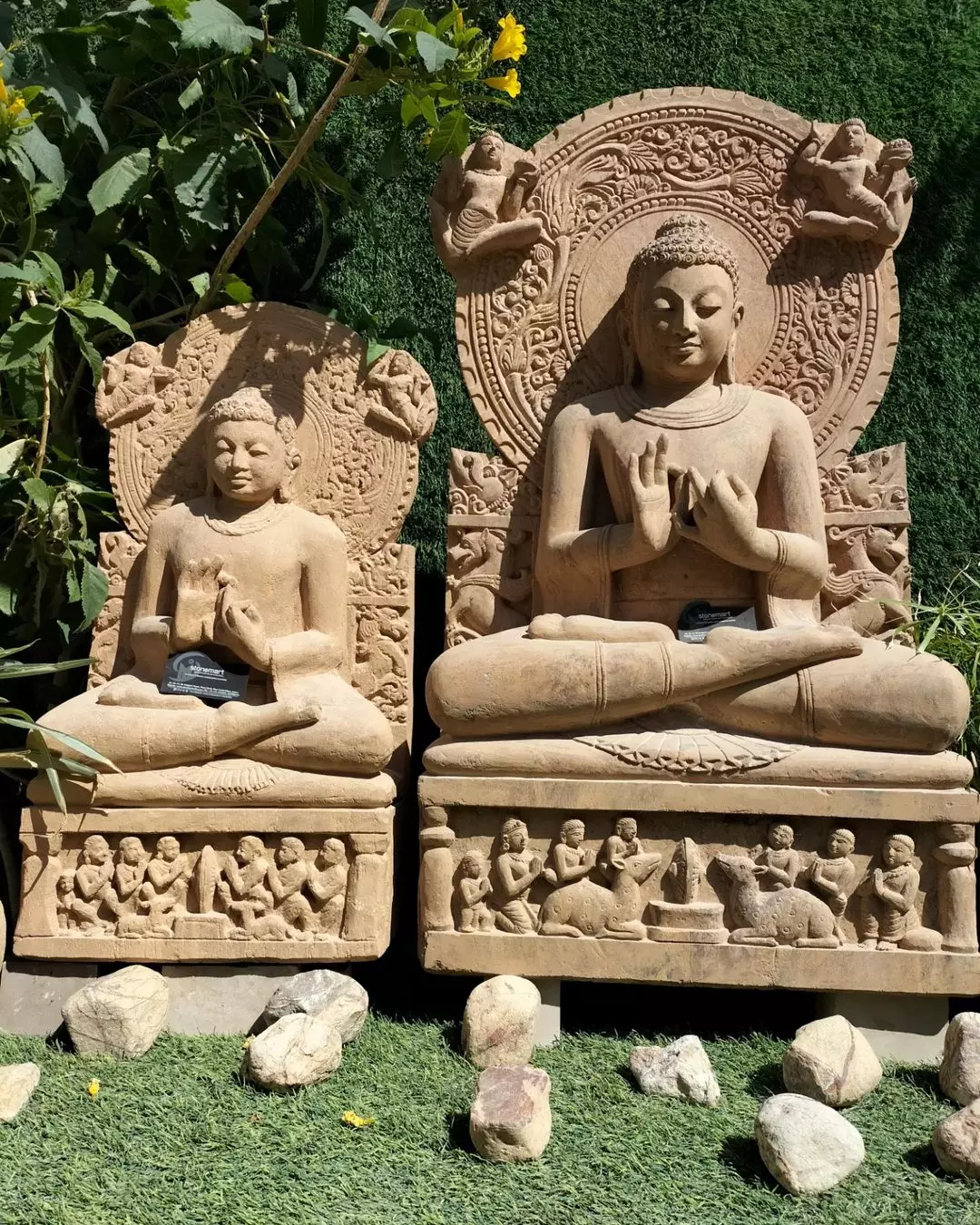
Buying Buddha Statue in Vitarka Mudra:
The symbol of information, knowledge and wisdom imparted by the Buddha while answering one of the questions of his pupils at Sarnath. In this mudra, the Buddha is also known as the knowledge Buddha or teaching Buddha. Here, the right hand of the Buddha has the palm kept opened outwards just like in the case of abhaya mudra but only the middle finger, the ring finger and the little finger remain straight and upward with the thumb and the index finger joining the tips of each other to create a never-ending perpetual circle of information and knowledge. Perfect for placement facing east at the entrance, study room, library, auditoriums and educational and research institutions.
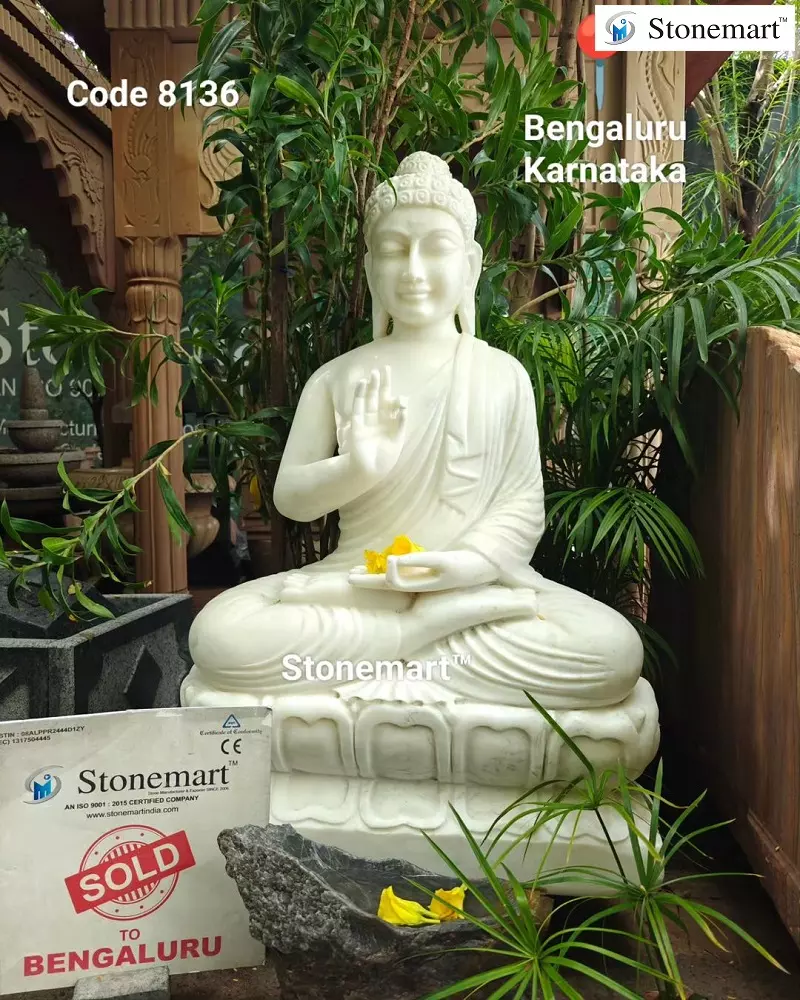
Buying Buddha Statue in Anjali Mudra:
Also called Namaskara mudra of the Buddha, it is the manifestation of devotion and salutation. Here, a sitting Buddha idol is seen with an upright back with palms of both the hands joined together in the form of a prayer with the thumbs or fingers being kept closer to the center of the chest. Perfect for placement in the prayer space, garden, entrance, lobby space and reception area.
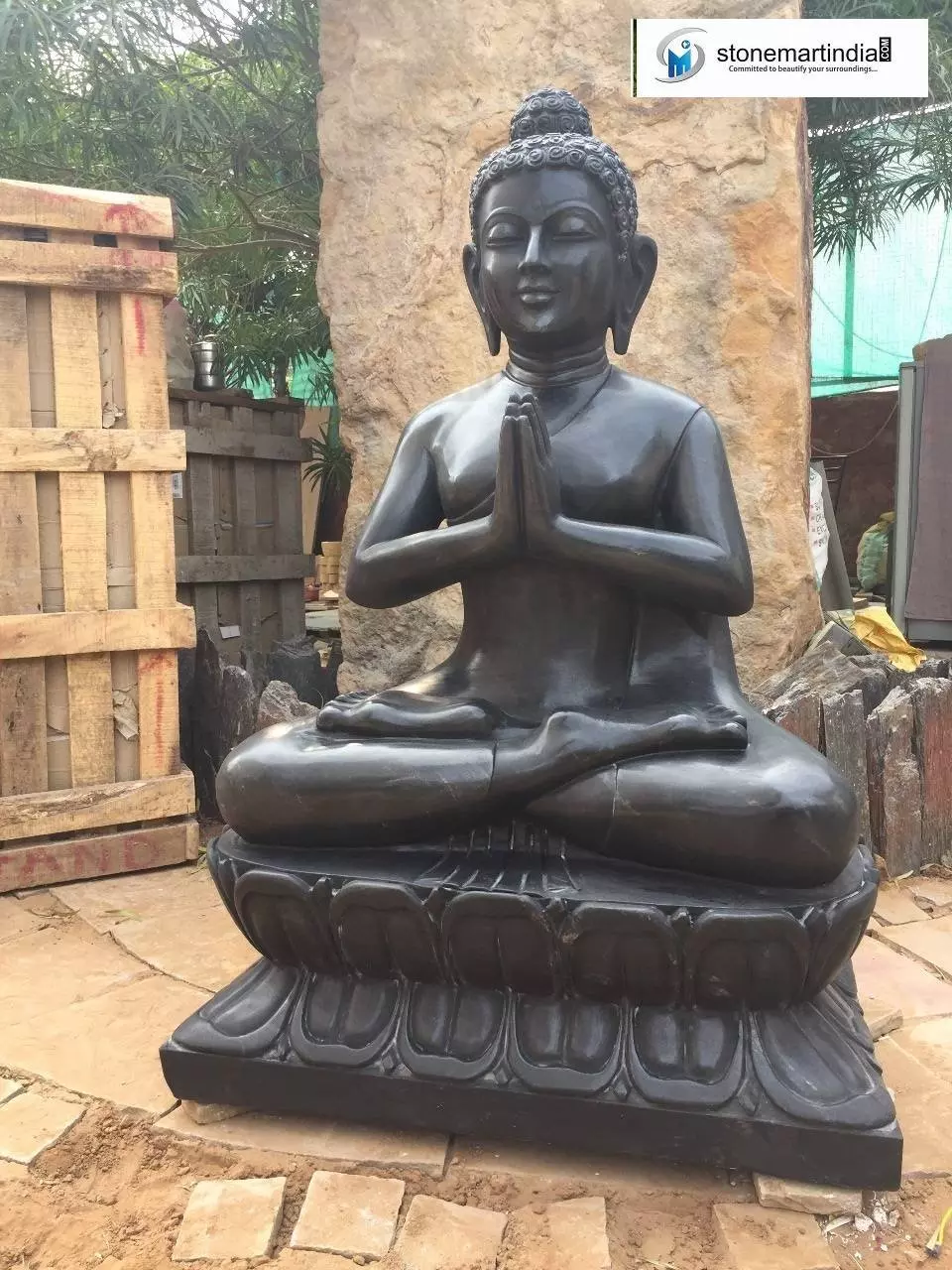
MUST READ: How Different Mudras of the Buddha Influence the Vaastu of Buddha Fountain?
Where to Buy Buddha for Home, Office and Garden Online?
Here, we fully hope that we have answered multiple types of questions hovering above your head including which Buddha statue is good for home, where should Buddha be placed at home, or which Buddha mudra is good for home? Order your favorite Buddha statue for home Vastu, décor and spirituality online at Stonemart ™. Your very own ISO 9001:2015, CE certified leading Buddha manufacturer and exporter in India for almost two decades since 2006.
Featuring inhouse stone craftsmen magically transforming the premium blocks of natural stone, black marble and white marble into the life size Buddhas that are second to none. Explore our most fascinating collection of 2ft Buddha online, 3 feet Buddha online, 4 feet Buddha online, 5ft Buddha online, 6ft Buddha online and in various other custom sizes. Place your order today and welcome the positive transformation into your home that you always aspired in the past.
